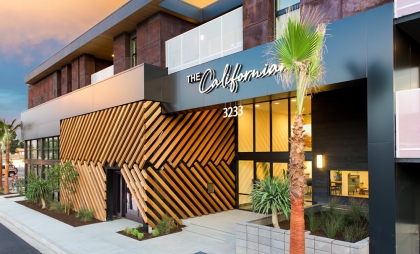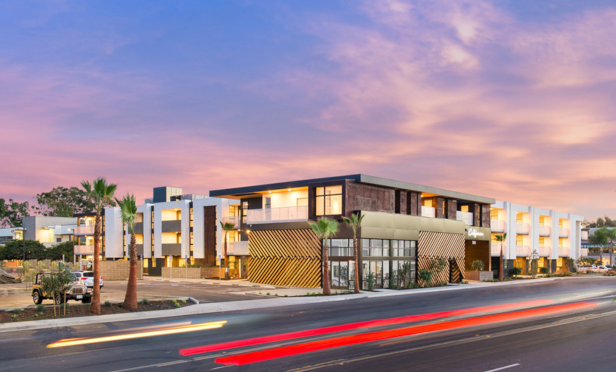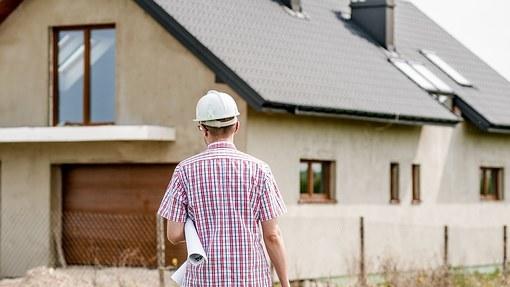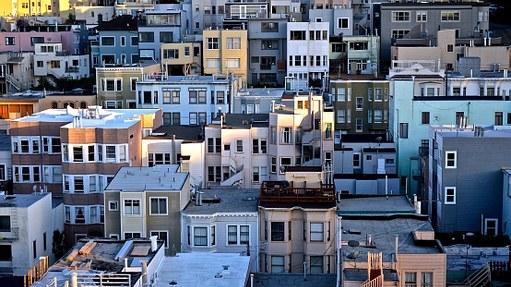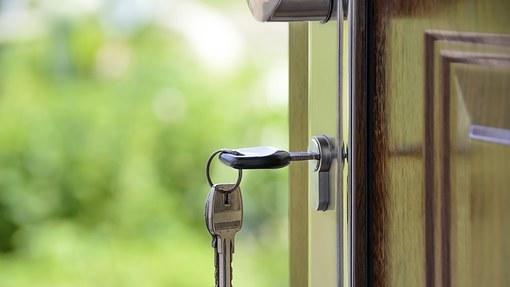SAN DIEGO, CA – May 22, 2019 – HFF announces it has arranged $20.5 million in financing for The Californian, a luxury residential and retail mixed-use development in the coastal San Diego submarket of Point Loma, California.
HFF worked on behalf of Murfey Company and Bishop Ventures to arrange the 10-year, fixed-rate loan through a commercial bank. Loan proceeds were used to refinance existing construction financing.
The Californian is situated at the intersection of Kemper Street and Midway Drive adjacent to the newly completed West City Campus, a continuing education facility operated by the San Diego Community College District. In addition, the property is two miles from the Liberty Station master-planned community and Ocean Beach and offers convenient access to I-5, I-8 and the Pacific Coast Highway. The three-story, elevator-served building encompasses 81 residential units totaling 68,141 square feet, 3,137 square feet of ground-floor retail and 108 parking spaces. Completed in 2018, units feature high-end, modern finishes and common area amenities include a rec room, courtyard with swimming pool, jacuzzi, barbeques and lounge areas throughout the property.
The HFF debt placement team representing the borrower was led by managing director Bryan Clark, senior managing director Aldon Cole and associate Bharat Madan.
This article originally appeared in Multi Family Press

